
Share this post with another homeschool mom!
For a long time I have wanted to share my love of classical music with students. That’s why I created an online class called “The Story of Great Music” to do just that. It’s an introduction to the greatest composers and best music ever written. But I’m approaching it in a fairly unique way (more on that below).
My hope is that, through this class, you and your kids will discover wonderful new companions for yourselves for the rest of your lives.
Teach Kids to Love Great Music
Take an exciting tour through the history of western music with real musicians.

A Rather Long Relationship
I was first introduced to classical music in high school. At the time, I knew absolutely nothing about music. I had played soccer instead of learning an instrument; I never sang in the choir; and I had no idea what the little dots and lines meant on a page of music. I was the definition of non-musical.
When I reached my junior year, however, I had to take a music appreciation course from the band teacher. The band teacher, although a nice man, was not terribly exciting; but he did know a lot about music. More importantly, he loved classical music.
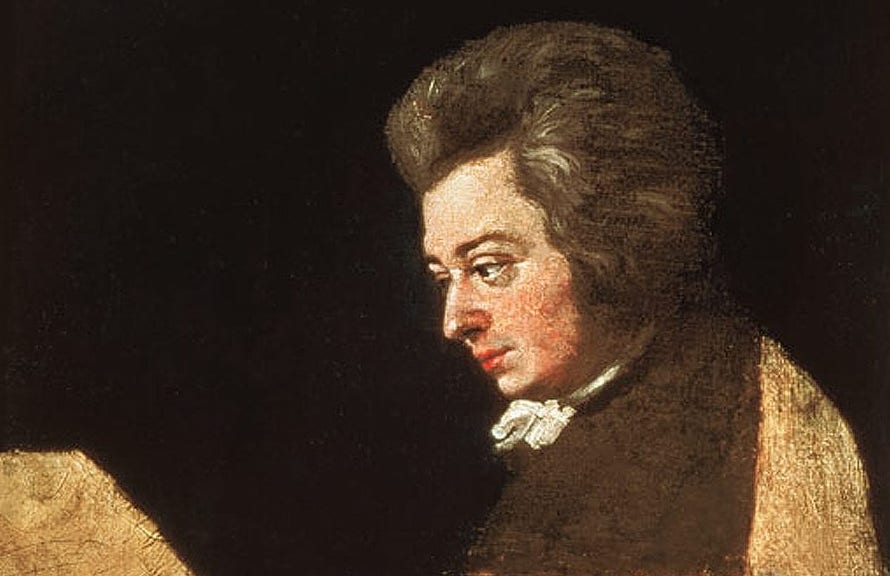
I still remember him putting on a recording of one of Mozart’s symphonies. I was mesmerized. I had never heard music like that before. This was the late 1980’s, so I had grown up listening to rock and roll on the radio or on cassette tapes. Unlike kids growing up in the 1950’s or 60’s, classical music wasn’t a part of our home.
Over the course of that year, I was introduced to all the great composers: Bach, Mozart, Beethoven, Schumann, Brahms, and many more. I met people and music I didn’t even know existed. It was revelatory.
Cassettes, CDs, and LPs
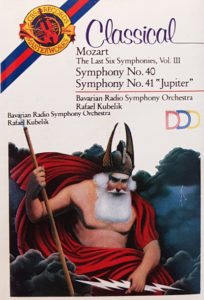
I next remember going out and buying a cassette tape of Mozart’s 40th and 41st symphonies. It was conducted by Rafael Kubelik and the Bavarian Radio Symphony Orchestra. At the time, I had no idea who these people were. But the music was heavenly. I listened to it again and again.
That was the start of a beautiful relationship. During college, I graduated to a Compact Disc player and bought hundreds of CDs. It was then that I began to realize different conductors performed the same piece of music different ways. This meant I might need multiple recordings of the same piece of music.
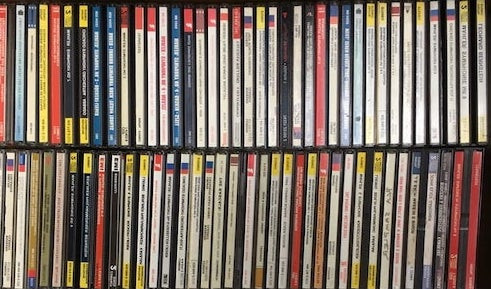
My library exploded. Eventually it was space that made me stop at 1000+ CDs. At this point, I was now living on my own and so could attend symphony concerts both in the US and overseas (I spent a number of years living in Europe).
By the early 2000’s, however, digital music arrived on the scene. I now could own thousands of albums that took up no space at all. My digital acquisitions continued through the early 2010’s and reached into the thousands of albums.
Yet I kept looking for a better listening experience. A friend convinced me I was missing out not listening to classical music on vinyl records, so I bought a vintage turntable and stereo setup.
I was amazed at what I had been missing. Of course, now that my CDs and digital albums were useless, I started the happy climb up the hill of classical LP’s (Long Playing record). I’m slightly ashamed to say that my collection has already broken 1000… but only slightly.
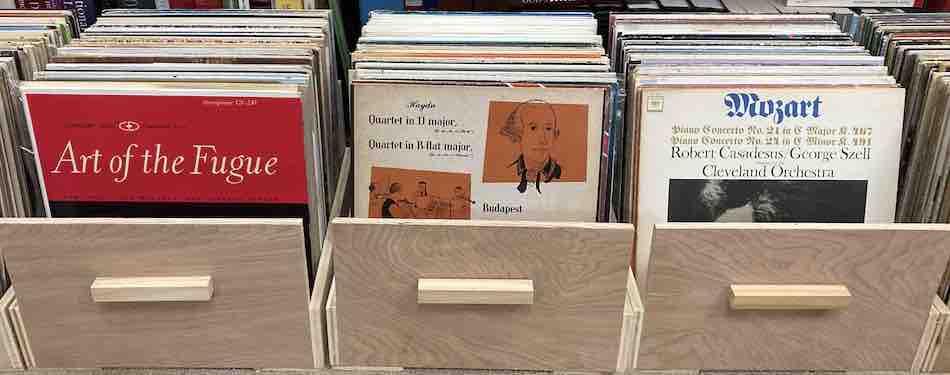
A New Type of Music Class
I realized early on that I wanted to create a new kind of music class. Ultimately, I wanted to give people the same love of classical music that I have. But how did I learn about classical music? Through reading, listening, and watching.
One of the challenges of reading books about music is that you can’t actually hear the music being discussed. On the other hand, if you’re just listening to music (say on earbuds or speakers), you can’t see the musicians play it or understand anything about it. The challenge of classical music is that it requires lots of different aspects to appreciate what it really is.
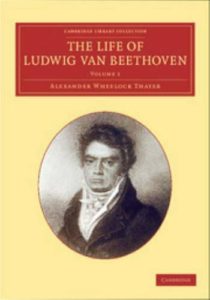
I hope to remedy that with this class. There is an enormous amount of good public domain material already written about classical music. I have taken a number of books and edited them together to create a single story. We will explore the lives of the composers, major developments in music, and the best works ever written.
Alongside that, there are many excellent live performances available online. I have located the best available recordings of famous music performed by incredible musicians, then woven them into the story.
This means that as you read about Mozart’s piano concertos, you can actually see and hear one performed. When you read about the string quartet, you will be able to watch a performance where two violins, a viola, and a cello play together. And when we talk about the Italian Baroque composer Antonio Vivaldi writing a series of works called L’Estro armonico (Harmonic Inspiration), you can hear exactly what one sounds like:
Listen to Vivaldi’s Op. 3, No. 11 from L’Estro armonico
This features three incredibly talented young soloists performing with Sinfonietta Riga, a Latvian Orchestra. You can listen until 0:45 and hear the introduction – or take a few more minutes to listen to all of it .
Watching a concert is, after all, how audiences traditionally experienced music. Personally, I have been able to attend dozens of classical concerts in Europe and the United States. I have seen some amazing performances.
But that is now difficult for most people to do. By choosing particular performances from the internet, I want to give students the experience of seeing as well as hearing classical music.
Following the Story
We will follow the story of music starting in the middle ages and continuing up to the early 20th century. That is over 500 years of music—which means there are lots of wonderful works to hear.
We will begin with the Renaissance, then look at the Baroque period including Handel and Bach. From there, we will explore the Classical era with Haydn, Mozart, and Beethoven. Once we reach the 19th century, the story spreads into the Romantic era with Schubert, Schumann, Chopin, Wagner, Brahms, and more. Finally, we will enter the 20th century with Mahler, Sibelius, Prokofiev, and Gershwin (plus a few others – there are just so many).
These names may not mean much to you now. My hope is that by the time you are finished, you will consider them new friends.
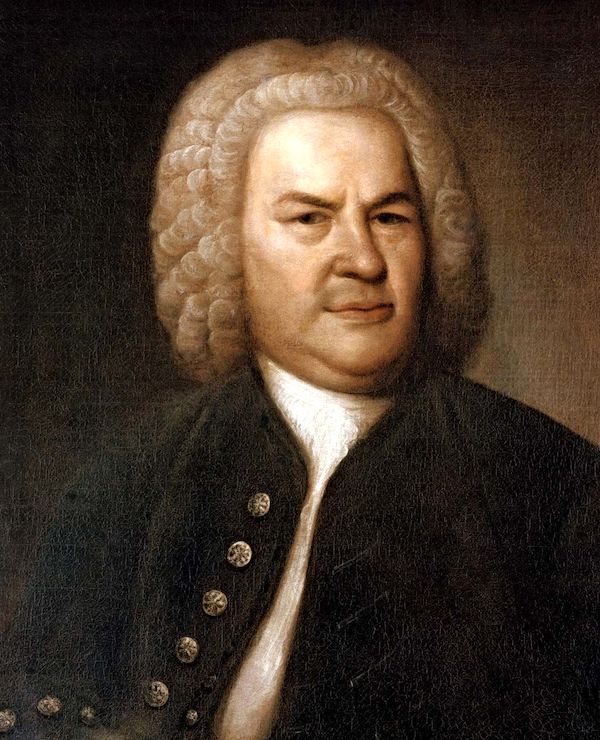
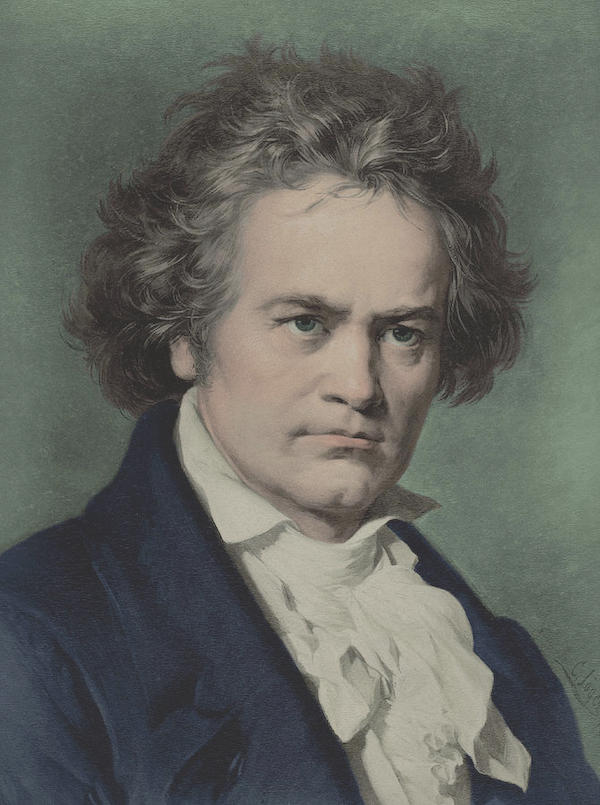
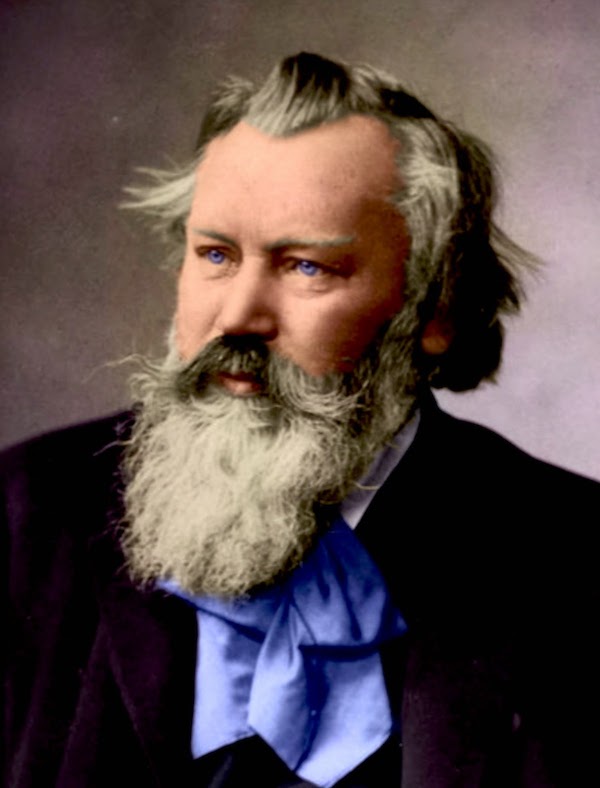
Finally, this class will also provide you ways of listening to music through curated listening playlists on various subscription channels. We will give recommendations for the best performances to purchase in order to build a listening library. And we will give advice on choosing equipment for various setups, whether you want to listen on headphones or build a stereo system.
Starting the Class
This is a completely new kind of class for us. For those of you who are familiar with our prior curriculum, we normally build our classes around a teacher on a video. This time, the teacher is the text and the videos are the material.
It has taken us longer to figure this out than we had anticipated. Our hope was to have the class finished by the end of 2021. Instead, we are about halfway through and realize it will be a few more months until we are finished.
That doesn’t mean you need to wait, however. We have released everything currently ready so people can start trying out the class and giving us feedback. Are the quizzes at the right level of difficulty? What do you think about the playlists? We have received enough positive feedback from those who have seen the class that we believe we are headed in the right direction, but it’s just not a fast process to create the steps.
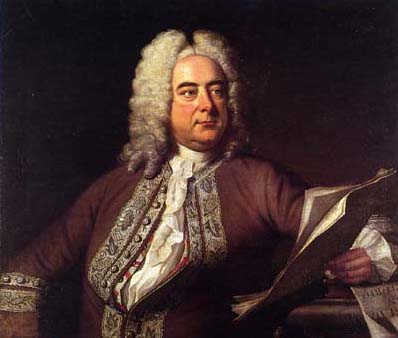
That said, you’re welcome to start the class today! The first few lessons are free for everyone to try. If you’re already a member, you have full access to all the lessons. If you want your kids to develop a love for classical music, we believe this is an excellent way to get started.
A Glimpse of Pure Beauty
But I can’t leave you without one more piece of music.
In the process of looking for particular recordings, I came across lots of performances I had never seen before. The performance below is my favorite. Not only is the work incredibly famous, but it is performed here by a young husband and wife duo whose interaction with each other makes it extraordinary. (One of them also happens to be one of the most famous pianists in the world.)
Is is the perfect picture of the beauty of marriage, and it hints at why God made marriage the picture of His relationship to the church. It is not surprising that this music is often played at weddings: it is of exquisite pastoral beauty, suggesting shepherds, peace, and protection. Of course, it is also the music of Johann Sebastian Bach, the composer who deeply loved the Lord. He was known for signing his works with the initials S.D.G. which stood for Soli Del Gloria: ‘to God alone be the Glory.’
Listen to Bach’s “Sheep May Safely Graze” from his Hunting Cantata, BWV 209 (transcribed for Piano)
This rehearsal performance features the extraordinary Chinese pianist Lang Lang playing alongside his wife, the graceful German-Korean pianist Gina Alice.
Teach Kids to Love Great Music
Take an exciting tour through the history of western music with real musicians.

Share this post with another homeschool mom!







